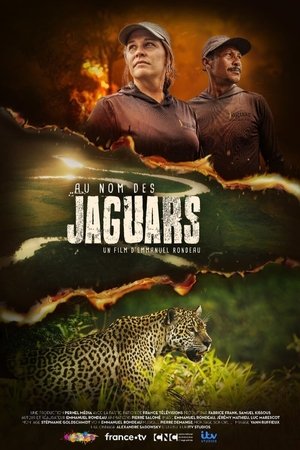

Last of the Longnecks(NaN)
Last of the Longnecks is a documentary exploring the plight of giraffes and the implications of their demise in our rapidly changing world. With the energy of VIRUNGA, the film celebrates what makes these majestic animals so unique, sheds light on their struggle, and further explores what hope can be found in the tangled relationship between humanity and nature.
Movie: Last of the Longnecks

Last of the Longnecks
HomePage
Overview
Last of the Longnecks is a documentary exploring the plight of giraffes and the implications of their demise in our rapidly changing world. With the energy of VIRUNGA, the film celebrates what makes these majestic animals so unique, sheds light on their struggle, and further explores what hope can be found in the tangled relationship between humanity and nature.
Release Date
Average
8
Rating:
4.0 startsTagline
Genres
Languages:
Keywords
Similar Movies
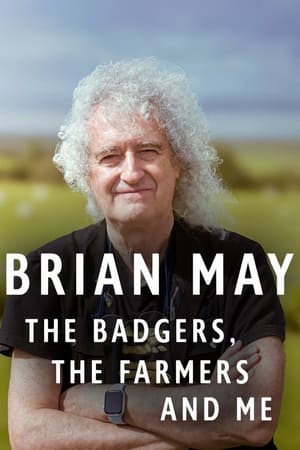 7.0
7.0Brian May: The Badgers, the Farmers and Me(en)
Following Sir Brian May over a decade-long journey to understand the crisis caused by bovine tuberculosis and his opposition to the controversial badger cull, implemented to curb the spread of the disease in cattle. It’s a story surrounded by controversy, but one little known to many - a tale of tragedy for both humans and animals.
 0.0
0.0The Glass Ark(fr)
The undertaking of an enthusiastic group of scientists to transform an indoor cycle racing-track built for the 1968 Montréal Olympics into an ecological park. The Biodôme of Montréal contains 4 ecosystems of the 3 Americas, from the Tropical Forrest to the Polar World, from the Laurentian Forrest to the St-Lawrence Marine Environment.
 9.0
9.0Plant Heist(en)
California’s fight to protect valuable native succulents from an international poaching ring. When suspicious packages are found in a small town in northern California, Game Warden Pat Freeling, gets a tip about the peculiar activity. After further investigation he exposes a vast network of illegal plant poachers. These smugglers ravage the landscape as they rip thousands of the native succulent, Dudleya Farinosa, from their natural habitat. This small unassuming plant carries a hefty bounty on its head internationally, where a single succulent boasts a price tag in the thousands. With the help of volunteers, native plant biologists, and local government, they fight to stop this ecological destruction.
 0.0
0.0The Undamaged(sl)
The Balkans cradles Europe's last wild rivers and supports abundant wildlife and healthy, intact ecosystems. These rivers are "The Undamaged" – clean, pristine, and undammed. With over 2,700 small and large hydro power plants planned or under construction in the Balkans, corruption and greed are destroying the last free-flowing rivers of Europe. Follow the Balkan Rivers Tour, a rowdy crew of whitewater kayakers, filmers, photographers and friends who decided to stand up for the rivers, travelling from Slovenia to Albania for 36 days, kayaking 23 rivers in 6 countries to protest the dams and show the world the secret wild rivers of the Balkans. The film honours everyday people and local activists who are fighting to defend rivers and aims to spread the word of the plight of these rivers, showing a new style of nature conservation that is fun, energetic and effective.
 6.0
6.0My Tiger Family(en)
In the jungles of north west India, there lives a remarkable wild tiger family. Now, using 50 years of footage, the story of their matriarchal clan is pieced together.
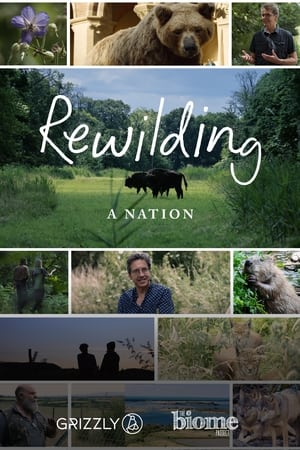 0.0
0.0Rewilding a Nation(en)
Robi Watkinson and Emma Hodson travel across Britain and the Netherlands documenting the story of the rewilding movement from its inception, to the return of the beaver, bison and perhaps one day, the lynx to Britain.
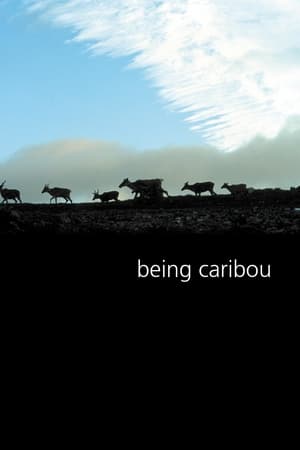 0.0
0.0Being Caribou(en)
April 8, 2003: Karsten Heuer + Leanne Allison left the remote community of Old Crow,Yukon, to join the Porcupine Caribou Herd on their epic life journey. For 5 months the Canadians migrated on foot with the 123,000-member herd from wintering to calving grounds in Alaska's Arctic National Wildlife Refuge, and back again — 1500km across snow and tundra. They completed their journey on Sept. 8, 2003.
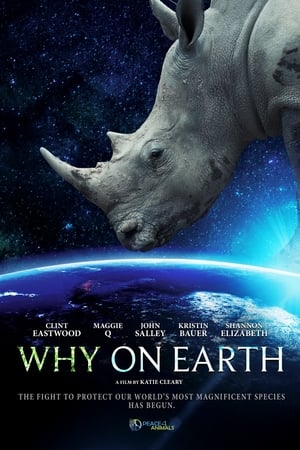 7.3
7.3Why on Earth(en)
Travel the globe to experience the vital connection between humans, animals, and our planet through stunning, rarely before seen footage which exposes the effects that deforestation and the illegal trade of threatened and endangered species have on elephants, lions, sharks, orangutans, and more. By caring for these beautiful animals, we begin a healing process that will eventually help us all.
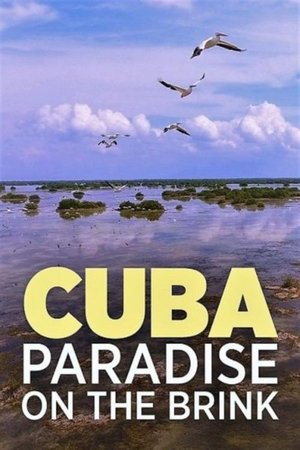 8.0
8.0Cuba, A Paradise on the Brink(fr)
Will Cubans be able to safeguard their heritage of pristine Nature and preserved ecological treasures under this new era, as they are facing the combined pressure of money and tourism? What policies can be implemented to maintain the island’s spectacular wilderness?
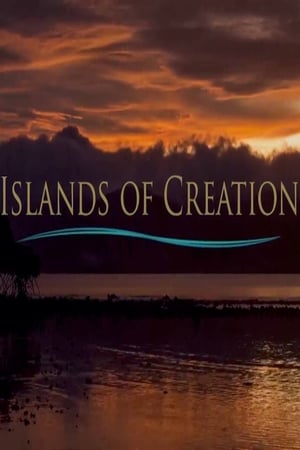 6.2
6.2Islands of Creation(en)
In the jungles of the Solomon Islands, a remote archipelago in the South Pacific, a biologist is attempting to do something Charles Darwin and Ernst Mayr never accomplished: catch evolution in the act of creating new species. Albert Uy is on the verge of an amazing discovery in the Solomon Islands, but there's a threat looming on the horizon. The islands' resources are being exploited, putting all local wildlife at risk. It's a race against time to gather the evidence necessary to prove the existence of a new species before it's lost forever.
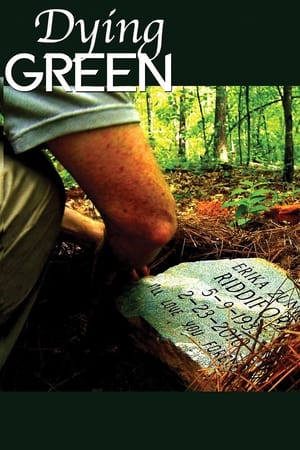 0.0
0.0Dying Green(en)
A doctor's efforts to live a green life near the Appalachian Mountains lead to the development of a radical idea to use green burials to conserve one million acres of land and to create wildlife reserves.
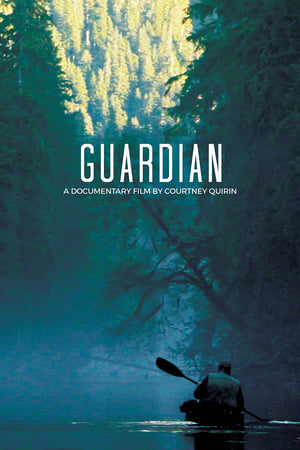 2.0
2.0Guardian(en)
Guardian chronicles the work of wildlife stewards amid sweeping legislative rollbacks of environmental protections in Canada. Part hermit, part biologist, Guardians live on boats, full-time, in one of the last pristine frontiers of the world to monitor salmon, the backbone of the ecosystem, economy, and culture along British Columbia's coast. But, in an age of science censorship and soaring resource extraction in the form of fracking for oil and natural gas, Guardians and the wildlife they have dedicated their lives to protect are now disappearing.
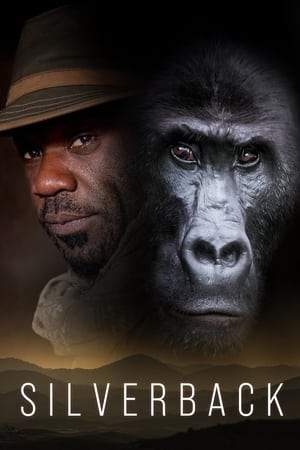 8.2
8.2Silverback(en)
Feature-length documentary following award-winning wildlife cameraman Vianet Djenguet as he documents a gruelling but vital mission to ‘habituate’ a notoriously protective 450lb silverback, in a last-ditch effort to save the critically endangered eastern lowland gorillas from extinction.
 0.0
0.0Eco-Hack!(en)
Conservation biologist Tim Shields sees urgency in the field and finds that traditional conservation practices are lacking when it comes to saving desert tortoise populations from ravens. He goes rogue, employing an arsenal of lasers, exploding model turtles, drones and desert rovers as a means of protecting the tortoise's dwindling numbers.
 0.0
0.0Simon and the Spirit Bear(en)
While most teens spend their days in a self-absorbed haze, Simon Jackson was out in the world connecting with anyone who could help him save the spirit bear. For this, Simon became one of Time's Heroes of the Planet. It's a remarkable accomplishment for one so young, and an inspiring story for lovers of wilderness of all ages. But his devotion to the cause made him an outcast amongst his peers.
 3.0
3.0Bora Bora, le laboratoire du futur(fr)
Bora Bora is the most popular destination in French Polynesia, certainly because of its lagoon, considered the most beautiful lagoon in the world. In this context, the islet could have sunk under concrete and pollution, and the reef could have been irreparably impacted. However, thanks to the will of a handful of inhabitants including the mayor of the island, Bora Bora is today a model of sustainable development, with water treatment technologies that are 15 years ahead of France, programs to rebuild corals and protect wildlife, educational actions and the rehabilitation of Polynesian traditions such as “rahui” and the establishment of a monitoring network using new technologies. All of this makes the island a veritable open-air laboratory that shows the way for all tropical coastal environments around the world.
 8.0
8.0Yellowstone: The Mystery of the Wolves(de)
70 years after the last wolves roamed the national park, a total of 41 wolves were reintroduced between 1995 and 1997. A globally unique experiment that had many supporters, but also resolute opponents, then as now.
 0.0
0.0Black Cockatoo Crisis(en)
Western Australia's iconic black cockatoos are in crisis. Their numbers have fallen dramatically over the past few decades and all three species in the south west of WA could become extinct in just 20 years unless something is done to protect their habitats. With the loss of the banksia woodlands on the Swan Coastal Plain to housing, Carnaby's Black Cockatoos have come to depend on the once vast exotic pine plantations on Perth's northern fringe.
Your Chance to Live: Pollution(en)
A surrealistic look at the future if man does not learn to control pollution.
